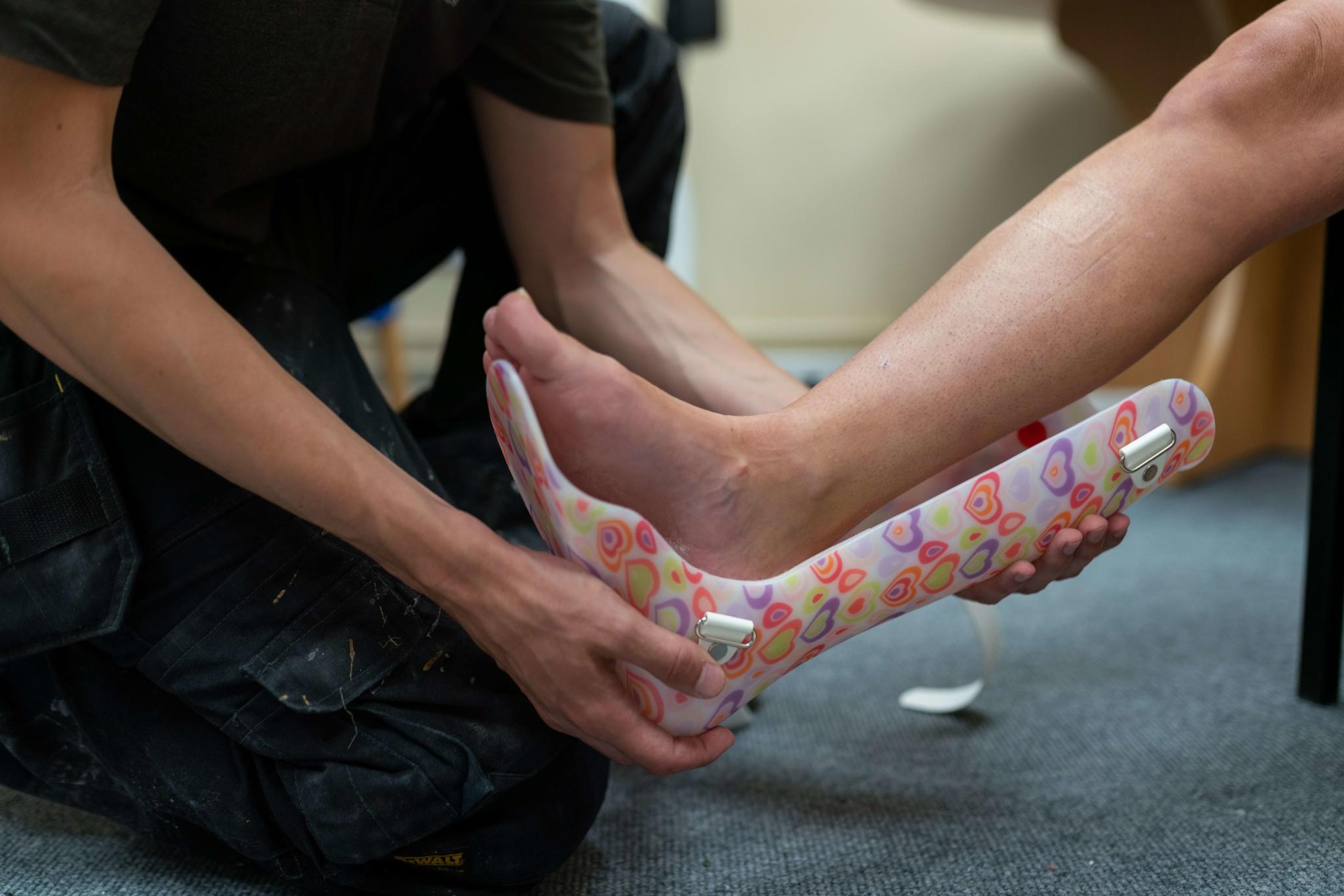Road Rash in Motorcycle Accidents: Understanding Severity and Treatment

Motorcycle accidents can result in a wide range of injuries, and one of the most common and distinctive is road rash.
In this article, we will explore what road rash is, examine its severity levels, and discuss the appropriate treatments for this type of injury. Understanding the nature of road rash and its management is crucial for motorcyclists, as it can significantly impact recovery and minimize long-term complications.
What is Road Rash?
Road rash occurs when a motorcyclist’s skin comes into contact with the road surface during an accident or a fall. It results from the friction and abrasion that takes place, leading to the removal of layers of skin. The severity of road rash can vary based on several factors, including the speed of the accident, the type of protective gear worn, and the duration and extent of contact with the road.
Determining the Severity of Road Rash
The severity of road rash depends on several factors, including the speed of the accident, the type of protective gear worn, and the nature of the road surface. It is important to note that even mild road rash should not be overlooked, as it can still lead to complications if not properly cared for. Here is a breakdown of the severity levels:
- Mild road rash: Mild road rash, typically classified as first-degree, involves superficial scrapes and abrasions that affect the top layer of the skin. While it may not require immediate medical attention, proper cleaning and wound care are essential to prevent infection and promote healing.
- Moderate road rash: Moderate road rash, classified as second-degree, involves deeper abrasions that extend beyond the top layer of skin. This can result in open wounds, blistering, and increased pain. Medical attention may be necessary to clean the wounds, administer appropriate dressings, and prevent infection.
- Severe road rash: Severe road rash, categorized as third-degree, involves extensive damage to the skin and underlying tissues. It may expose muscles, tendons, and bones. Third-degree road rash requires immediate medical attention, as it poses a higher risk of infection, scarring, and long-term complications.
Treatment for Road Rash
Proper and prompt treatment is crucial for road rash to prevent infection, promote healing, and minimize scarring. Here are some key steps in the treatment process:
- Clean the wounds: As soon as possible, wash the affected area gently with mild soap and water to remove any dirt, debris, or contaminants. Avoid scrubbing the wound, as this can cause further damage.
- Control bleeding: Apply gentle pressure with a clean cloth or sterile gauze to control any bleeding. If the bleeding is severe or does not subside, seek medical attention immediately.
- Apply an antiseptic: After cleaning the wounds, apply an antiseptic solution or ointment to help prevent infection. Common options include hydrogen peroxide or povidone-iodine.
- Dress the wounds: Cover the road rash wounds with non-stick dressings, such as sterile gauze pads, to protect them from further injury and provide a barrier against bacteria. Change the dressings regularly or as directed by a healthcare professional.
- Pain management: Over-the-counter pain relievers like acetaminophen or ibuprofen can help alleviate pain associated with road rash. Consult a healthcare professional for appropriate dosages and recommendations.
- Seek medical attention when necessary: While mild road rash can often be treated at home, moderate and severe cases require medical attention. A healthcare professional can evaluate the extent of the injury, clean the wounds thoroughly, apply specialized dressings, and provide appropriate medications, such as antibiotics, to prevent infection.
- Follow-up care: Proper wound care and regular follow-up appointments are essential for road rash healing. This may include cleaning the wounds, changing dressings, and monitoring for signs of infection or other complications.
- Scar management: Depending on the severity of the road rash, scarring may occur. Consult a healthcare professional for advice on scar management, including the use of silicone gels or sheets, and potential referral to a dermatologist or plastic surgeon for advanced treatments if necessary.
Injured in a Motorcycle Accident? Contact an Experienced San Antonio Motorcycle Accident Attorney
Did you get into an accident while you were riding on your motorcycle? If you were seriously injured and you know that you did not have any fault in causing the accident, you should try to seek compensation. Thomas J. Henry Law’s San Antonio motorcycle accident lawyers would like to help you seek financial compensation for your injuries and the trauma you have experienced
Our San Antonio motorcycle accident attorneys are available 24/7 to provide your FREE case review. If your injuries prevent you from visiting our San Antonio offices, we can send a motorcycle accident lawyer in San Antonio directly to you.
Our San Antonio Personal Injury Law Offices
- Phone number:210-874-2615 (attorneys available 24/7 to assist you)
- Address: 5711 University Heights Blvd #101, San Antonio, Texas 78249
Blog










